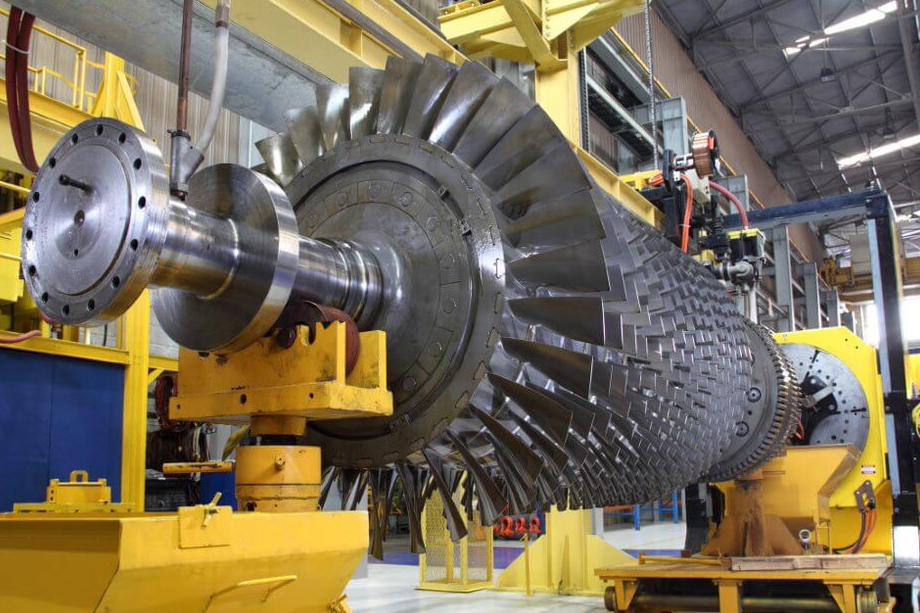Can Binder Jetting be used for producing superalloy components, and what are its advantages?
Can Binder Jetting Be Used for Producing Superalloy Components, and What Are Its Advantages?
Feasibility of Superalloy Production via Binder Jetting
Yes, Binder Jetting can be used to produce superalloy components, particularly when paired with appropriate post-processing techniques. Unlike powder bed fusion processes, Binder Jetting deposits a liquid binding agent onto a bed of metal powder—such as Inconel 625 or Hastelloy X—to form a "green part," which is then sintered at high temperatures to achieve near-full density.
Binder Jetting is particularly suited for complex geometries in high-volume production of superalloy parts used in aerospace, energy, and chemical industries.
Key Advantages of Binder Jetting for Superalloys
1. High Throughput and Scalability
Binder Jetting offers unmatched build speeds because it does not involve laser scanning or layer-by-layer melting. Entire layers are printed simultaneously, making the process 10–100 times faster than laser-based metal printing. This makes it highly suitable for mass-producing small-to-medium-sized superalloy components like heat exchanger parts, seals, and turbine components.
2. No Support Structures Required
Since Binder Jetting does not involve melting, it avoids the thermal stress and distortion issues common in laser-based metal printing. The surrounding powder bed naturally supports the part, eliminating the need for support structures and simplifying post-processing.
3. Cost Efficiency
Binder Jetting offers cost advantages due to:
Lower energy consumption (no laser or electron beam)
Reduced powder waste
Compatibility with sintering furnaces used in conventional powder metallurgy
These factors result in reduced per-part costs, particularly for high-volume production of nickel-based superalloy components.
4. Material Flexibility
Superalloys such as Inconel 718, Haynes 230, and Stellite 6B have been successfully processed via Binder Jetting with post-sintered densities reaching 95–98%, depending on alloy type and sintering profile.
Customer-Oriented Solutions and Services
To support superalloy part production using Binder Jetting, we provide:
3D Printing Technologies:
Explore our Binder Jetting services for high-volume, cost-effective metal part manufacturing.
Superalloy Material Options:
Select from high-performance superalloys including Inconel, Hastelloy, Haynes, and Stellite for extreme environments.
Post-Processing Services:
Enhance mechanical performance with sintering, HIP, and CNC finishing to meet application-specific standards.



